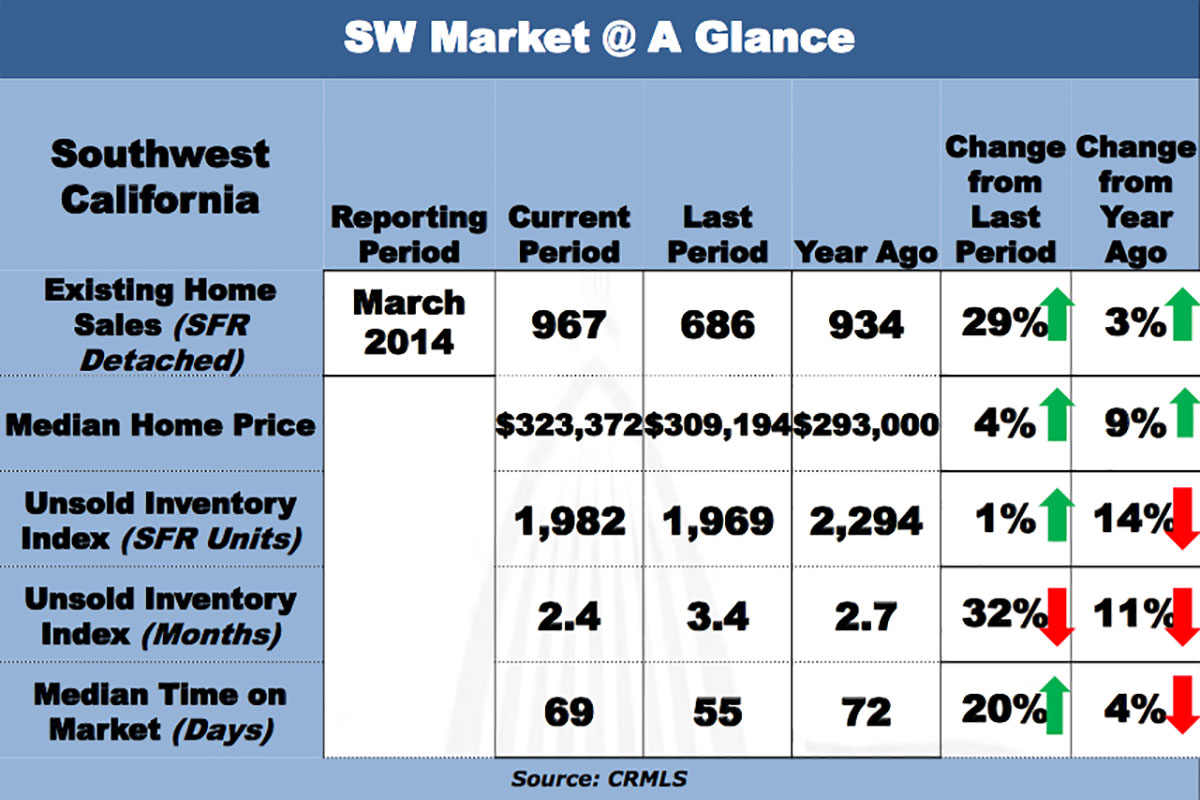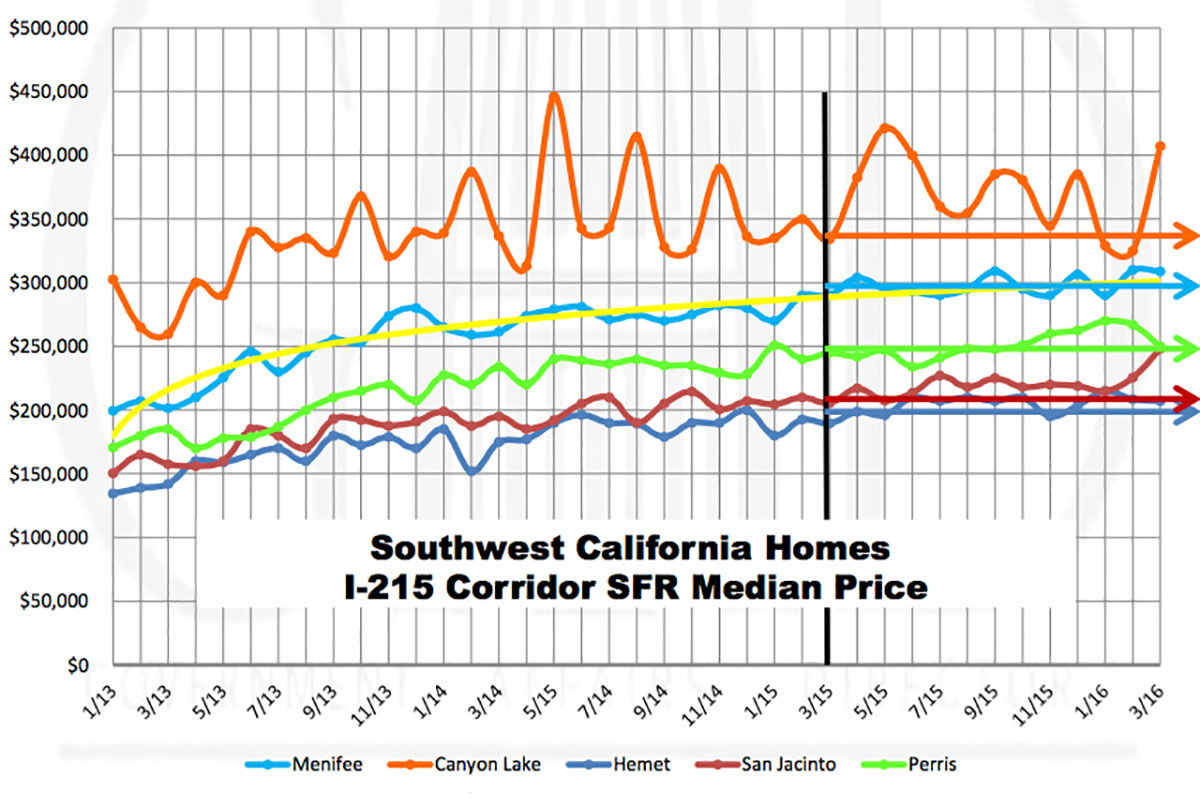31 Monkeys and Dartboard
This March “Realtor Report” is provided by Gene Wunderlich, vice-president of government affairs for the Southwest Riverside County Association of Realtors. For space reasons, some of the comments and charts in the Realtor Report do not appear here. Direct questions to GeneWunderlich@srcar.org.
You already know my opinion on “professional industry prognosticators” – talk to four of them and you end up with six different opinions on the market, all being highly compensated for their efforts. Chris Thornberg, founder of Beacon Economics and Director of UCR Center for Economic Forecasting, expanded that analogy recently as he summarized a recent Wall Street Journal article.
The Journal had queried 31 of the nation’s top economists about when the next recession will hit. Their responses? Well, according to some, 2016 is probably okay. Others think we’re good into 2017. Some determined that 2018 is a bad year. And while 2019 looks good to a few, 2020 looks bad to the rest. Thirty-one top economists?
Thornberg opined that you could get as reasoned a summation by providing 31 monkeys with a dartboard. That’s about right!
The event, an annual presentation by Coldwell Banker Town and Country real estate at the Ontario Convention Center, brought Thornberg together with noted Inland Empire economist John Husing, real estate guru Bruce Norris and developer Iddo Benzeevi. The only major point they could generally agree on was that 2016 should be a decent year for our housing market – not a great year, but decent. And our local numbers appear to be supporting that idea.
After a slow start to the year, March sales for the region jumped nearly 30 percent from February (686 / 967) putting 1st quarter sales 6 percent ahead of 2015 (2,190 / 2,334). Murrieta sales posted a 41 percent increase over February (112 / 189). Temecula improved 24 percent (133 / 176) and most other cities throughout the region posted results somewhere between the two. Pending sales are also up 10 percent, indicating that April should be even better. That’s good news.
After dipping 1⁄2 percent last month, median prices for the region advanced 4 percent from February ($309,194 / $323,372), putting the region 9 percent ahead of last March ($293,009) and 5 percent ahead for the 1st quarter ($299,283 / $314,220). In those respects we’re very near the rest of the state for both sales and appreciation, and ahead of some other areas of the IE. Our local market appears strong.
But there is a cautionary note among all this good news. While sales increased 29 percent month over month, our inventory of homes for sale only increased 1 percent (1,969 / 1,982). And while quarterly sales were up 6 percent over 2015, homes on the market declined by 14 percent (2,294 / 1,982).
Absorption, that ratio of sold homes to new listings, leaped nearly 30 percent from February (84 to 118 percent); meaning for every new listing on the market, 1.2 homes were sold. Wildomar almost broke even selling 96 percent of new listings, but Murrieta and Menifee sold 1.3 homes for every new listing and San Jacinto sold nearly 2 homes for every home listed.
It would be helpful for several of you to list your homes now as a patriotic effort to improve the economy. Yet many sellers like you are constrained by lack of affordable move-up housing. So you can’t move up, meaning the next tier down can’t move up, which doesn’t free up an entry level home for a first time buyer.
While Sacramento dithers with bullet trains and “morally imperative but economically unsound” minimum wage hoopla, our housing crisis continues to deepen. We simply are not building enough housing stock to meet the demand of buyers and that shortage will inevitably lead to increased upward pricing pressure and an even more severe lack of affordable homes.
Wage income is not keeping pace with home price increases and the minimum wage increase will do nothing to alleviate that – in fact, it will exacerbate the problem as the cost of labor and materials are impacted by rising wages.
Some areas of the state, notably San Francisco and other coastal regions, have regained or surpassed their pre-recession pricing levels. Our region still has a ways to go before we reach those peaks when pricing and affordability start to top out again. But make no mistake, if we don’t begin to address the housing shortage soon with more diverse and affordable products, this crisis will escalate.
I’m going to see what the monkeys have to say about it. I’ll let you know.
Previous Article
Nothing taken during break-in at Fat & Happy



 April 26, 2024
April 26, 2024